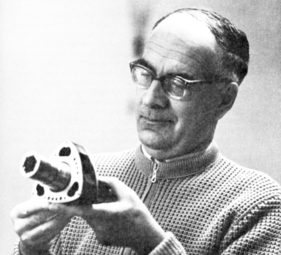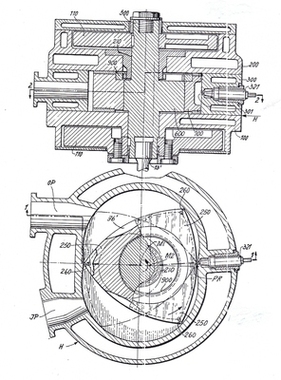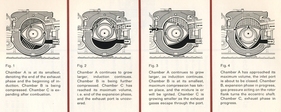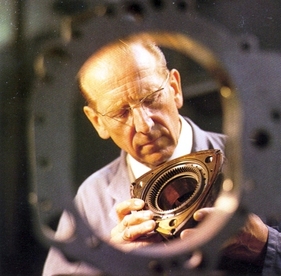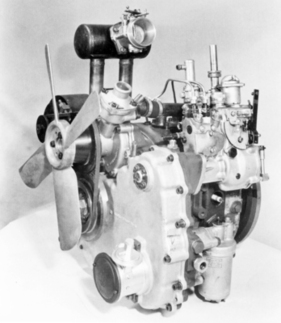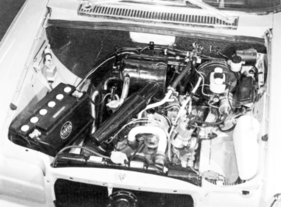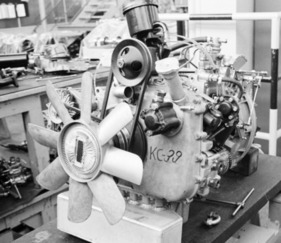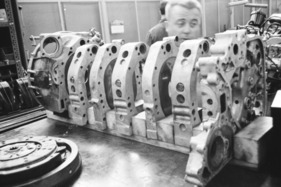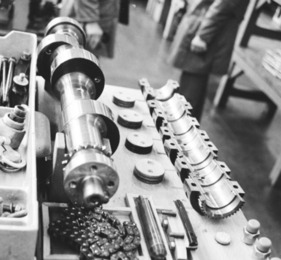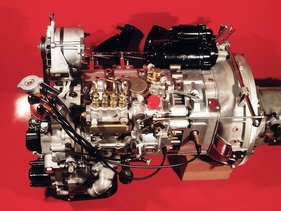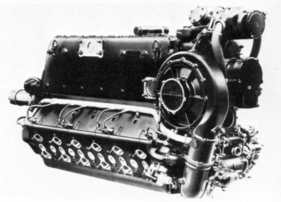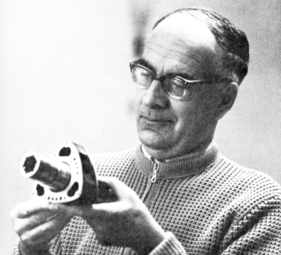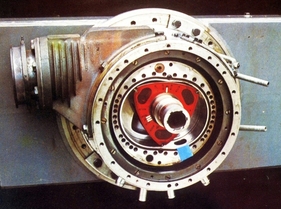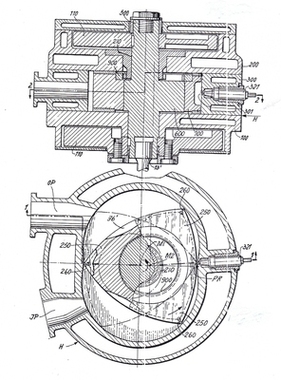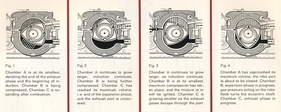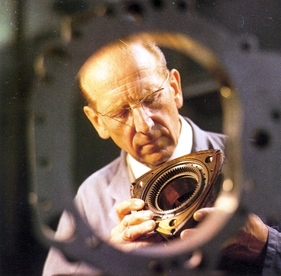Mercedes-Benz and the miracle Wankel
Summary
Controlled intake valves, slide valves, turbocharging and direct injection were among Daimler-Benz's proudest achievements. How could the brand have resisted the appeal of Felix Wankel's rotary engine? It at least had to give it a chance.
This article contains the following chapters
- The man behind the engine
- In Heidelberg
- Research in the Third Reich
- The original Wankel
- Wankel and Mercedes
- The further development
- The K-series
- At the limit of what is possible
- The end of the story
Estimated reading time: 10min
Preview (beginning of the article)
Daimler-Benz had good reason to be at the forefront of those companies experimenting with Felix Wankel's rotary piston engine. Long before the Second World War, some Daimler engineers were already acquainted with the ambitious inventor from Heidelberg. Felix Heinrich Wankel was born on August 13, 1902 in Lahr, a small town on the Rhine in the Swabian south of Germany, close to the French border. The Swabians, often the target of German jokes, were regarded as rustic and stubborn - but even Rhinelanders and Berliners had to acknowledge that the modern combustion engine was perfected by three Swabians: Otto, Daimler and Benz.
Continue reading this article for free?
Photos of this article







